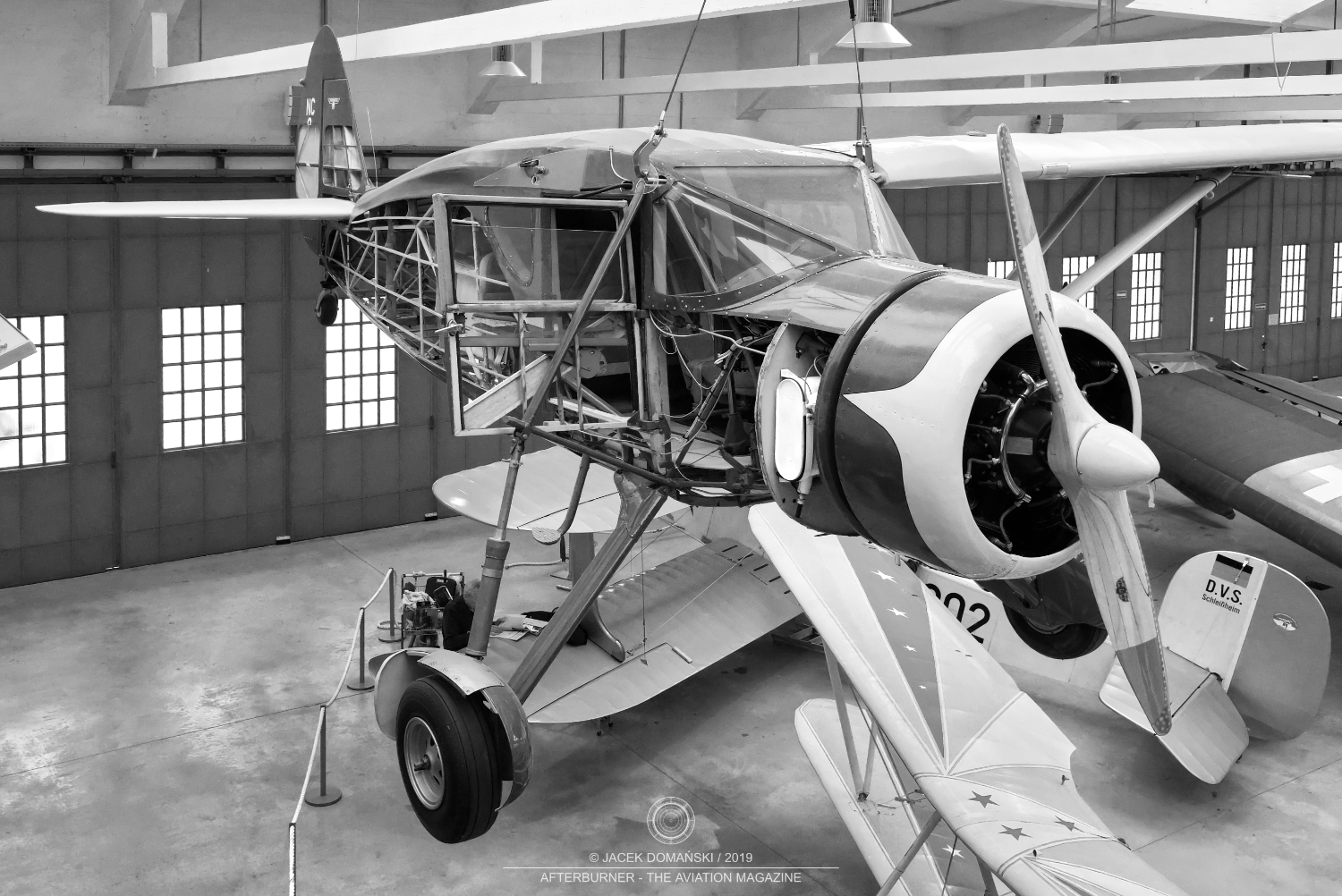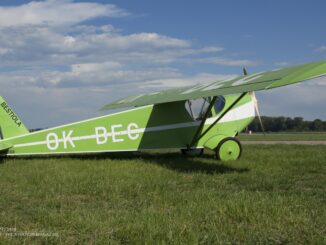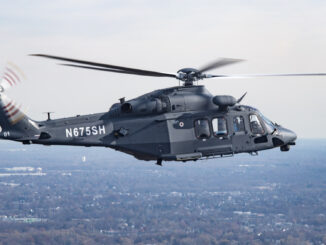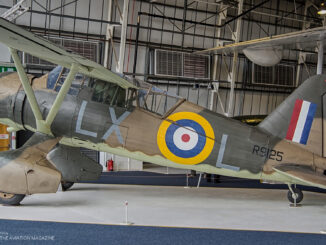 Fairchild Model 24 W46 (c/n W-46-251, formerly N8155) exhibited at Deutsches Museum / Flugwerft Schleissheim, Munich, October 2019.
Fairchild Model 24 W46 (c/n W-46-251, formerly N8155) exhibited at Deutsches Museum / Flugwerft Schleissheim, Munich, October 2019.
The economic downturn of the early 1930s, caused by the Great Depression, forced the Fairchild Aviation Corporation to halt further development of passenger airliners – promisingly started with F-71 and F-100 aeroplanes – and return to focus on manufacturing small touring and training aircraft.
The first aeroplane developed as a consequence of the new market strategy was designated Fairchild 22 Model C7 and successfully completed its maiden flight at the beginning of 1931. It was a single-engine, parasol wing aircraft of a mixed construction, with fixed landing gear and two open-cockpit seats in tandem configuration.
The F-22 have done well in the market and more than 120 examples of the aircraft were built until 1935. Particular variants of the aeroplane were equipped with six different, both radial and inline engines. Following the F-22 commercial success, the company developed significantly modernised variant of the aircraft, designated F-24.
The new aeroplane was designed by a team led by George Hardman. Although the F-24 was based on the previous construction, the aircraft was characterised by a comfortable, enclosed cabin with four seats, as well as implementation of several components from the automotive industry.
In 1932, the F-24 performed its maiden flight and was approved for serial production. Almost immediately, the nicely designed light transport and touring aeroplane became a market hit. The price of new aircraft was about 3,360 USD, the today´s equivalent of approximately 77,400 USD, which was the then market average for three- and four-seat aeroplanes.
The F-24 was manufactured until 1948 and more than 2,200 examples of the aircraft were made. Several variants of the aeroplane were developed, equipped with different types of radial and inline engines, generating between 95 and 200 hp. The most popular pre-war version of the F-24 – with one hundred examples built – was the G variant, introduced into the market in 1937 and powered by 145 hp Warner Super Scarab, seven-cylinder radial engine.
In addition to the civilian market, the F-24 also became successful in the military. In 1936, the aircraft was acquired by the US Navy, where it was designated GK-1. Then, the Fairchild light transport aircraft was purchased by the US Army, under the name UC-61 (also as UC-61 Forwarder), and the Coast Guard, as J2K-1. Finally, under the Lend-Lease agreement, the F-24 was acquired by the Royal Air Force. The aircraft in the British service were designated Argus Mk I to Mk III.
Production of the Model 24 for the needs of the military exceeded the number of civilian variants, with just the UC-61 for the US Army Air Corps made in 640 examples.
After the World War II, the surplus F-24 aircraft from the US and British inventory were sold to several private and military operators all over the world.
The Fairchild company also continued production of the new aeroplanes for civilian market. In 1946, two new variants of the F-24 were introduced – F-24R46, equipped with 175 hp Fairchild Ranger inline engine, and F-24W46, powered by Warner Super Scarab radial engine, generating 165 hp. The two post-war versions of the aircraft were manufactured in total of 280 examples. At that time, the price of the new F-24 was approximately 8,500 – 8,875 USD, the today´s equivalent of 137,000 – 143,000 USD, depending on the engine.
The Fairchild Model 24 W46 featured within our Photo of the Week series is one of the post-war manufactured examples of the aeroplane. It was built in 1946 and then operated by several private owners, with last known registration N8155.
In the 2000s, the aeroplane was acquired by Deutsches Museum / Flugwerft Schleissheim in Munich, where it is being exhibited as an interesting cutaway, with boards explaining specific elements of its construction.



